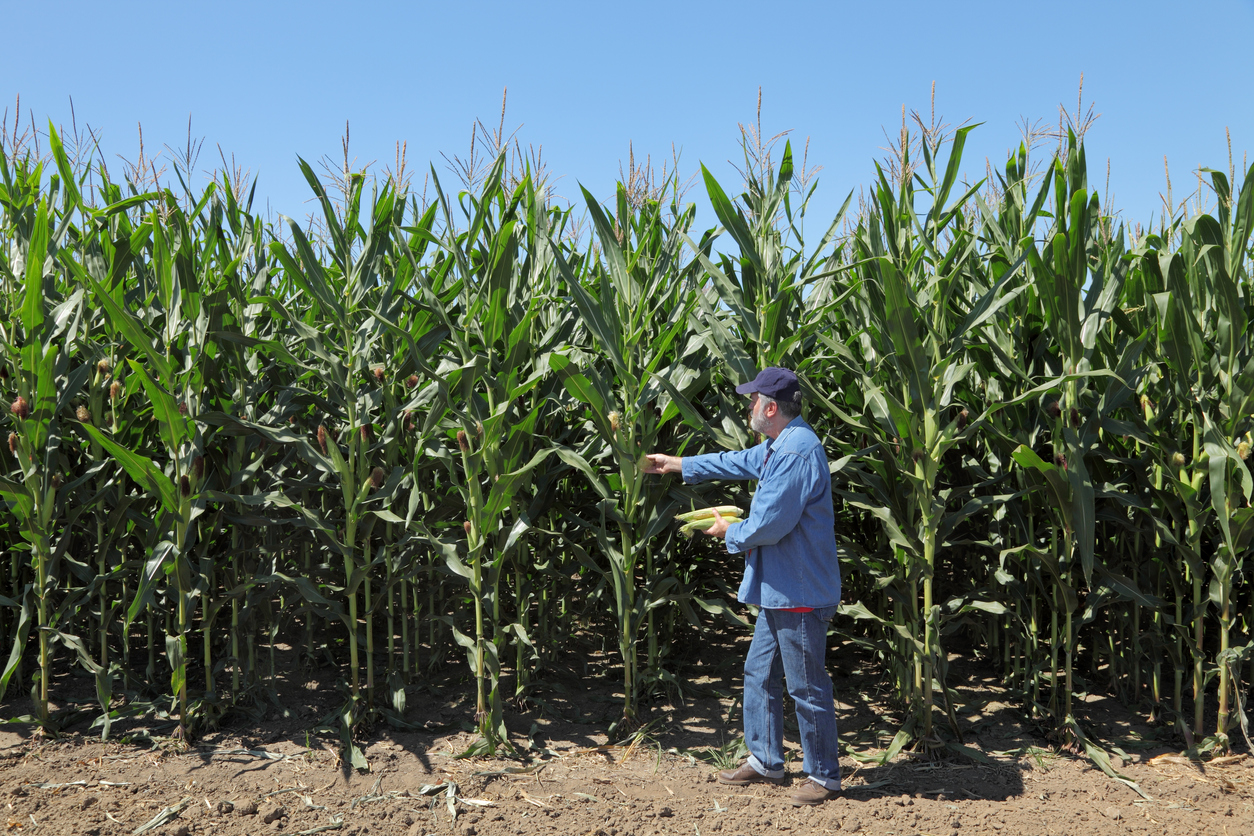Supporters say that GMOs can boost yields and fight climate stress, but critics warn of dwindling seed diversity and growing corporate influence.
By Agbai Sharonjoyce
Genetically modified (GM) foods represent one of the most significant breakthroughs in modern agriculture—but also one of the most debated. Genetically modified organisms (GMOs) are primarily plants or animals whose DNA has been deliberately altered using modern biotechnology. This technology allows scientists to move a particular gene from one organism to another.
In Nigeria, public controversy over GMOs resurfaced recently following a viral video by popular health influencer Aproko doctor. His attempt to break down the science, with many Nigerians expressing scepticism and fear about the safety of GM foods.
Most of the backlash accused him of being influenced by money. Some argued that the issue goes beyond science—that GMOs represent concentrated power, corporate control over farmers and the manipulation of nature for profit.
In Nigeria GM foods are also perceived as offering no obvious consumer benefit—no better taste or cheaper prices—leading many to focus on the potential risks. For others, the technology is seen as tampering with nature or creating new species. In the absence of clear communication, this fuels public distrust.
There are also concerns about the influence of agricultural chemical industries, with fears that GM seeds could reduce crop diversity and force farmers to depend on a handful of corporations for seeds and herbicides.
The GMO debate touches on human health, food safety, environmental protection, ethics and power. Although GM foods currently on the market have undergone safety assessments and are not considered harmful, uncertainty about long-term risks keeps the public cautious.
The science of GMOs
GM foods emerged from the benefits they provide to producers and consumers. These benefits include longer shelf life, potential cost reductions, improved nutritional value and higher yields.
Early GM crops were developed primarily to support farmers by improving crop efficiency. Today, GM crops also aim to enhance resilience, especially against pests, diseases and climate-related stresses.
Researchers are also developing GMOs with improved drought resistance, increased nutritional content, improved growth properties and even those capable of producing necessary pharmaceutical proteins like vaccines.
How is safety assessed?
The international standard for assessing GM food safety is the idea of substantial equivalence, introduced in 1993 by the Organisation for Economic Co-operation and Development (OECD). The principle states that the safety of a new food, especially GM foods, should be compared to a traditional counterpart with a long history of safe consumption.
Substantial equivalence is typically the first step in assessment. If a GM food is found to be nutritionally and toxicologically similar, it is generally considered safe. Where major differences are detected, more extensive testing is required.
Because GM organisms involve various inserted genes and engineering techniques, each product must be evaluated on a case-by-case basis. The safety assessment focuses on 6 important aspects—Toxicity, Allergenic potential, Nutritional values, Gene stability and unintended side effects.
Who regulates GM foods?
Regulation of GM foods varies around the world and continues to advance. In the United States the Food and Drug Administration (FDA) ensures that GM foods are safe for both humans and animals by reviewing the safety information before market release.
Similarly, the Environmental Protection Agency (EPA) oversees pesticides, including those made by the GM plants to resist insects, while the United States Department of Agriculture (USDA) ensures that GM plants do not cause harm to other crops.
Globally, the Codex Alimentarius Commission—a joint body involving the World Health Organization (WHO) and Food and Agriculture Organization (FAO)—has set safety guidelines for GM foods.
International bodies also require rigorous testing for allergenic risks. Generally genes sourced from known allergens are avoided unless proven to produce non-allergic proteins. GM foods currently sold on the market have passed multiple layers of safety assessment.
Regulations in Africa
African countries have also developed regulations to guide the import, testing and approval of GMO products. In Egypt, the ministry of health prohibits the import of genetically engineered foods unless their safety has been independently verified.
In South Africa the Genetically Modified Organisms Act (1997)—implemented in 1999—provides specific measures for the responsible development, production and use of GMOs while ensuring environmental and human safety.
Why the debate persists
The debate about GM foods is shaped not only by the technology itself but also by the strict regulations that govern it. Some experts contend that intense oversight can reinforce public fears, creating the impression that GM crops are inherently dangerous.
These safety checks exist to ensure that genetic engineering progresses responsibly, transparently and safely, especially as the global demand for food continues to rise.
Summary not available at this time.






